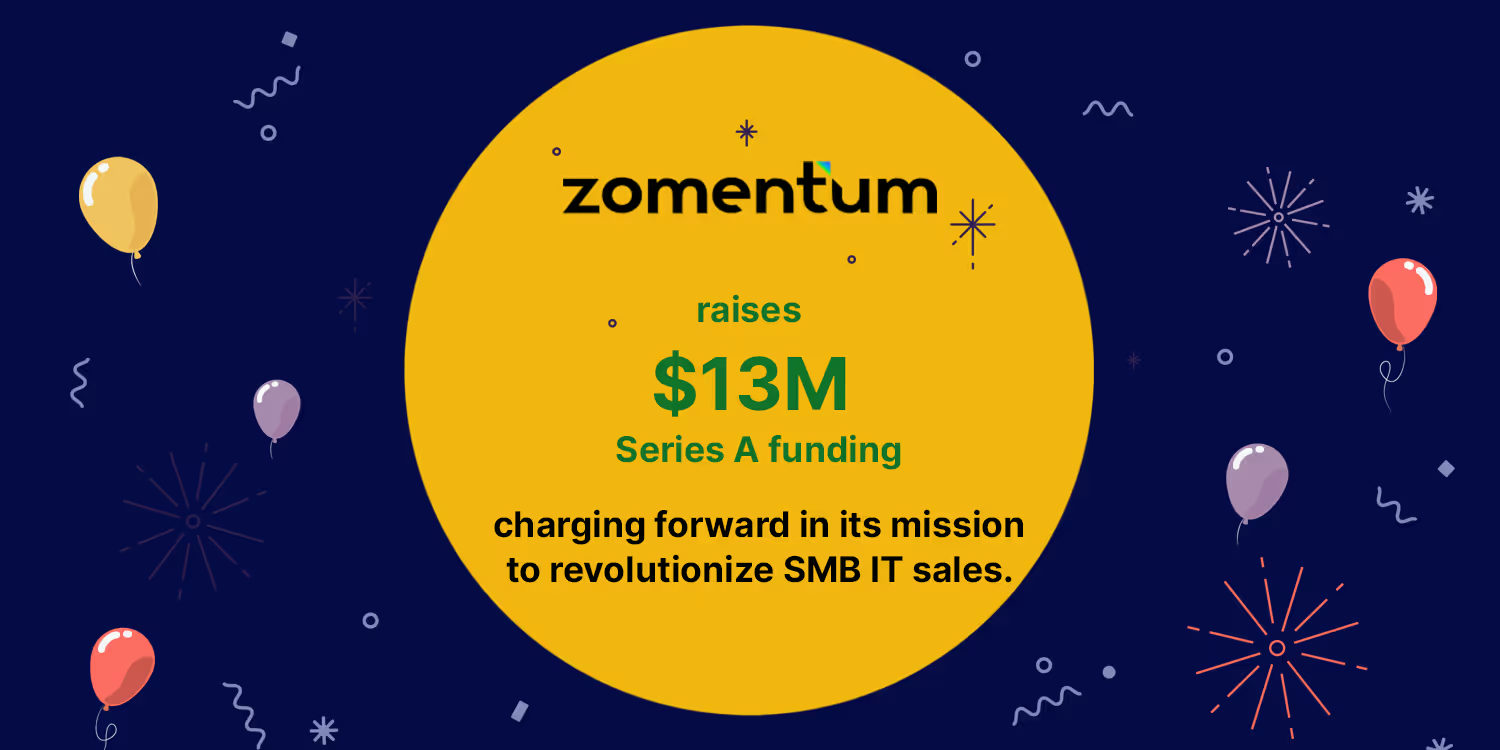4 Metrics To Boost Your MSP Sales Pipeline Velocity

Are you an MSP who continuously assesses the sales pipeline and keeps a close eye on the status of your prospects?
Then you understand the actual value of your sales pipeline and the importance of moving opportunities through each stage of the buying process. The sooner your prospects move, the closer you get to closing a deal and earning revenue.
While managing your sales pipeline not only helps you close deals, it also lets you predict the future: the future of your sales pipeline, your business, your targets, and your market. And thus, we bring you 4 essential metrics that will help you boost and improve your sales pipeline velocity.
Qualified leads
A prospect is termed as a qualified lead when they have gone beyond a step after contacting you. They either get a demonstration of the product or service or are anyways interested in your brand.
A qualified lead can also be defined as a contact that matches your BANT criteria i.e. budget, Authority, need and time. The number of qualified leads in your initial stages of the pipeline would always be low. However, it is important for an MSP to choose leads that would qualify and help to close the deal quickly.
You must monitor this metric regularly to check for any improvements. If you realize that the metric is not working as it should, there can be only 2 reasons i.e. there is a problem with your qualification process or you have the wrong leads landing into your sales teams bucket.
In which case, we suggest looking into both and changing one that might be the root cause. There are a lot of techniques that you can use to choose your prospect, some of them are mentioned in our blog here 7 Steps for MSPs to help you choose the right prospects.
Win rate
This metric is calculated as the percentage of leads generated that converts to actual sales. By monitoring the win rate at multiple stages, you can analyze the functioning of your sales pipeline and room for improvement, if any.
When you analyze the win rate, you can also understand the common points where the leads drop off. As an MSP, you can coin on these drop points and create better experiences to improve the won/conversion rate.
You can also use the metric as per the channels or sources of lead generation. Comparing your outputs will help you analyze the better modes of lead generation and the impact on your revenue.
Deal size
This metric is helpful for businesses. While for a few businesses, a smaller deal size works, for some larger deals work wonders. Deal size can help an MSP, servicing at different levels, analyze its focus audience. You can pen down the average deal size apt for your business, thus increasing the deal close rate.
One of the best things that you can do is to look at deal size with your win rate against a marketing or lead generation channel. This would allow you to evaluate the profitability and ROI of a particular marketing channel in terms of both revenue and ease of selling.
Sales cycle length
Have you wondered if the number of days you take to move a deal in your sales pipeline affects your business?
Yes, it does.
If deals move faster in your sales pipeline, it is a great practice. However, if it takes longer to move deals in your pipeline, then it would adversely affect your business.
Sometimes, when the deals are stretched for days beyond the deadline, you’ll notice a pattern between the leads. Probably, these leads had specific requirements or a reason that would seem to be the same. Analyze the patterns and create a wireframe so that, when you deal with similar clients, you keep your pipeline and deadline ready.
If you need inputs on ways to manage your sales pipeline better, read our blog 7 Effective Ways To Manage An MSP Sales Pipeline.
Conclusion
The more you have metrics set to analyze the pipeline, the better-focused decisions you can make and improve your efforts. However, be sure to not choose the wrong metric as it might lead to destruction.
We wanted to conclude with the three fundamental factors that you must consider while improving your sales pipeline velocity:
- an increase in the number of qualified leads,
- shortening of the average sales cycle
- and increase your deal win rate.
When you improve all the three factors, you would have more revenue coming in faster than ever before.
Discover all the metrics that you need to manage, maintain, and increase your sales pipeline velocity in our blog 99 MSP metrics and formulas.
Suggested Blogs

What’s new in Zomentum - December 2019
.avif)
Zomentum Announces the Top Influential Partners of 2023: Leading the Way in Growth and Innovation

